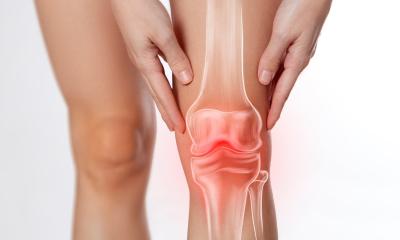New report reveals inefficient management of chronic pain costs Europe billions of Euros each year
A new report launched today in the European Parliament shows inefficiencies in the treatment of chronic pain result in increasing healthcare costs and prolonged patient suffering.[1] Chronic pain costs Europe billions of Euros every year, with national costs ranging from €1.1 billion to nearly €50 billion.2,3 21% of Europeans with chronic pain are unable to work at all as a result of their chronic pain,[4] and of those able to work, 61% said it had impacted directly on their employment status.[4] This new research was commissioned for inclusion in a pan-European consensus report, the Pain Proposal,[1] developed by a range of European experts in the fields of chronic pain, policy and economics in partnership with Pfizer.
The report calls on the European Union (EU) and Member States to tackle chronic pain and provide access to a minimum standard of care for all people with chronic pain.[1] By treating chronic pain with the same seriousness afforded to other major conditions or diseases, the report argues that both cost savings and better outcomes for patients will be delivered for Europe through more efficient pain management.[1]
One in five adults on average suffer from moderate to severe chronic pain in Europe,[5] a figure set to increase with the ageing population.[6] The pathway through the healthcare system for people with chronic pain is often lengthy, convoluted and inefficient.[1,7] In addition, the lack of public awareness of chronic pain and its impact leaves people ill-equipped to seek help or take appropriate action to manage their condition from its onset.[1,4 ] As many as 100 million Europeans with chronic pain want to be an active member of society, but many feel their condition stands in their way.[4]
Speaking at the report’s launch, host Member of the European Parliament and Vice Chair of the Disability Intergroup, MEP Cecilia Wikström stated, “This Pain initiative helps to increase awareness of the personal, social and economic impact of chronic pain in Europe, and underlines the need for more efficient health systems to improve patient care”.
The report, ‘Improving the current and future management of chronic pain’ reviews the standards of care in chronic pain across Europe, and the consequences on patients, society and the economy.[1] The conclusions show that access to pain management services is highly inconsistent in Europe, both among and within countries, and that the type of care offered by available pain services differs greatly.[1]
“European economies cannot sustain the current spend on chronic pain – for example welfare costs which may run into millions.[4] There are steps we can take to improve the current system and help people get the recognition, diagnosis and treatment they need for this life-long condition. We believe that by working together to address inefficiencies we can make this goal a reality,” commented Professor Giustino Varrassi, President of the European Federation of IASP Chapters (EFIC), Professor and Chairman, Department of Anaesthesiology and Pain Medicine, L'Aquila University, Medical School, Italy.
By making chronic pain a priority, the EU in partnership with Member States can share best practice examples, raise public understanding and awareness and develop national chronic pain strategies in order to use existing resources more efficiently for pain management.
28.09.2010





